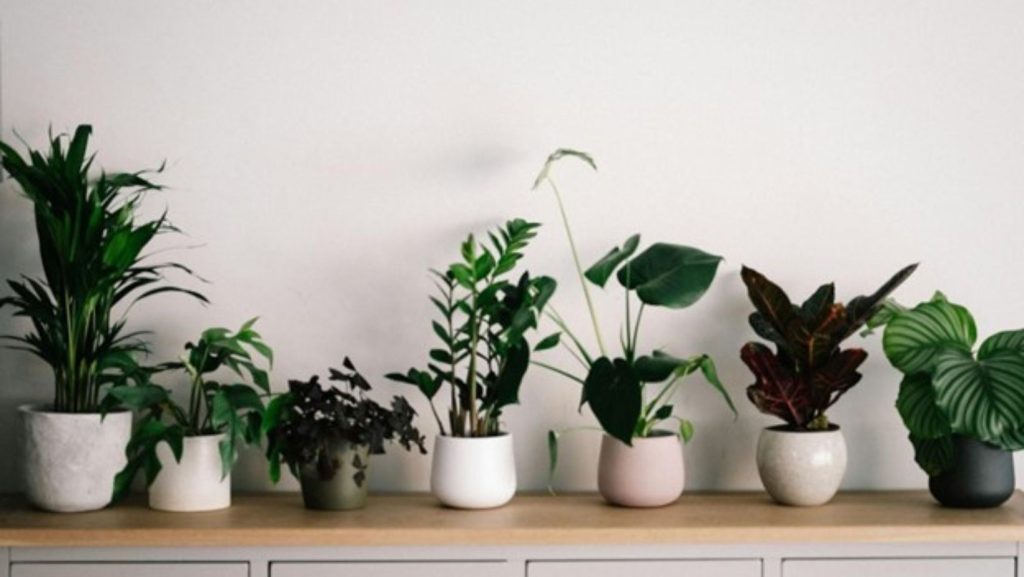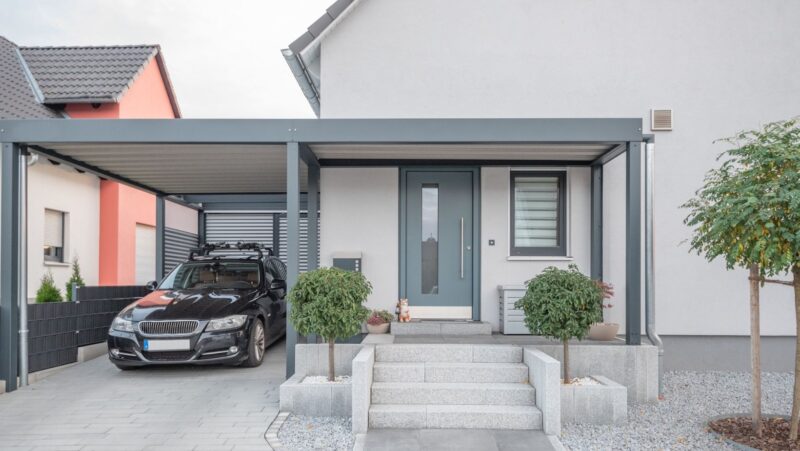
Houseplants not only add a touch of greenery to our homes but also offer numerous benefits, from purifying the air to boosting our mood. However, maintaining healthy houseplants requires more than just occasional watering and sunlight. To truly thrive, these botanical beauties need care and attention tailored to their specific needs. Whether you’re a seasoned plant enthusiast or just starting on your green journey, mastering a few expert tips can make all the difference. In this guide, we’ll explore seven expert strategies to help you become a plant parent pro and keep your houseplants flourishing.
Get the Light Right
Light is one of the most critical factors influencing plant growth and health. Whether you are wondering how to care for hibiscus or any other plant, most houseplants fall into one of three categories based on their light requirements: low, medium, or high light. Low-light plants, such as snake plants and pothos, can tolerate minimal sunlight and are ideal for rooms with limited natural light. Medium-light plants, like philodendrons and peace lilies, thrive in indirect sunlight or bright, filtered light. High-light plants, such as succulents and cacti, need several hours of direct sunlight each day to flourish. Assess the lighting conditions in your home and place your plants accordingly to ensure they receive the appropriate amount of light for their needs.
Know Your Plants
Just as every person has unique preferences and needs, each plant species has its requirements for light, water, humidity, and temperature. Before bringing a new plant home, take the time to research its specific care instructions. Consider factors such as whether it prefers direct sunlight or shade, how often it needs watering, and whether it thrives in high or low-humidity environments. Understanding your plants’ individual needs will enable you to provide the best possible care and create an environment where they can thrive.
Develop a Watering Routine
Proper watering is essential for plant health, but it’s easy to over or under-water without a consistent routine. Rather than adhering to a strict schedule, monitor your plants’ moisture levels and adjust your watering frequency accordingly.

Factors such as pot size, soil type, and environmental conditions can all affect how often a plant needs water. Before watering, check the soil’s moisture level by inserting your finger into the soil up to the first knuckle. If it feels dry, it’s time to water; if it’s still moist, wait a few more days before checking again. Remember that it’s better to underwater than overwater, as most houseplants are more tolerant of dry conditions than soggy soil.
Provide Adequate Humidity
Many houseplants, especially tropical varieties, thrive in humid environments. Unfortunately, the dry air found in most homes during the winter months can be challenging for these moisture-loving plants. To increase humidity levels around your plants, consider using a humidifier, grouping plants to create a microclimate, or placing a shallow tray filled with water and pebbles beneath their pots. Misting your plants with water can also help raise humidity levels temporarily, but be mindful not to overdo it, as excessive moisture on leaves can promote fungal growth.
Use Quality Potting Mix
The type of soil you use can significantly impact your plants’ overall health and growth. Opt for a well-draining potting mix specifically formulated for indoor plants, as it will provide the right balance of aeration and moisture retention. Avoid using garden soil, as it tends to be too dense and can lead to waterlogged roots and nutrient deficiencies. When repotting or refreshing your plants’ soil, gently loosen the roots and remove any dead or rotting material before placing them in a fresh potting mix.

Additionally, consider adding organic matter such as compost or perlite to improve soil structure and fertility.
Practice Regular Maintenance
Like any living thing, houseplants require regular maintenance to stay healthy and vibrant. Inspect your plants regularly for signs of pests, disease, or nutrient deficiencies, and address any issues promptly. Prune away dead or yellowing leaves, clean dust off the foliage with a damp cloth, and rotate your plants periodically to ensure even growth. Regularly fertilize your plants during the growing season with a balanced, water-soluble fertilizer to provide essential nutrients for healthy growth. By staying proactive with maintenance tasks, you can prevent problems before they escalate and keep your plants looking their best.
Learn from Experience
While expert advice and research are invaluable resources for plant care, there’s no substitute for hands-on experience and observation. Pay attention to how your plants respond to different care techniques, and don’t be afraid to experiment to find what works best for them. Keep a journal to track watering schedules, fertilization dates, and any changes in your plants’ health or growth patterns over time. By learning from your experiences and adapting your approach accordingly, you’ll become a more confident and successful plant parent.
Becoming a plant parent pro isn’t just about having a green thumb; it’s about understanding and meeting the unique needs of your houseplants to help them thrive. By following these expert tips, you can create an environment where your botanical companions can flourish and bring beauty and vitality to your home for years to come. So roll up your sleeves, get your hands dirty, and embark on a rewarding journey of nurturing and growing your indoor garden. Your plants will thank you with lush foliage, vibrant blooms, and a healthier living space. Happy growing!












